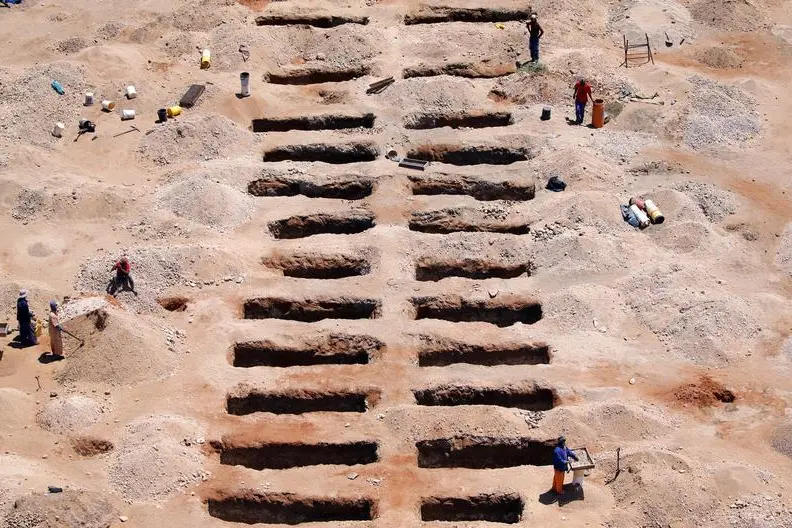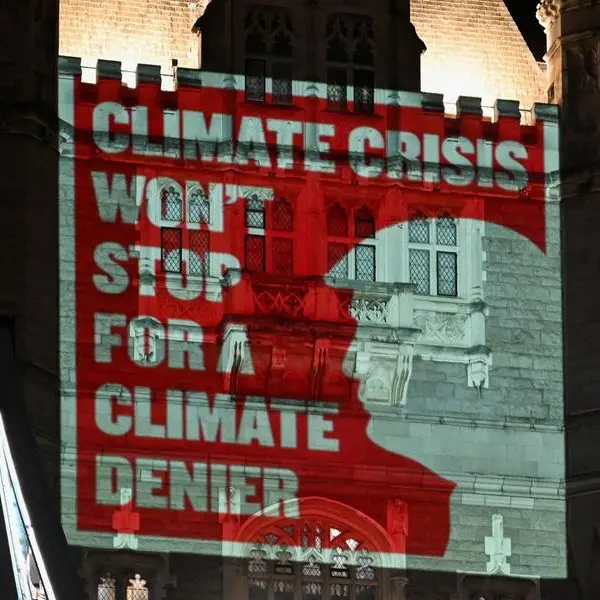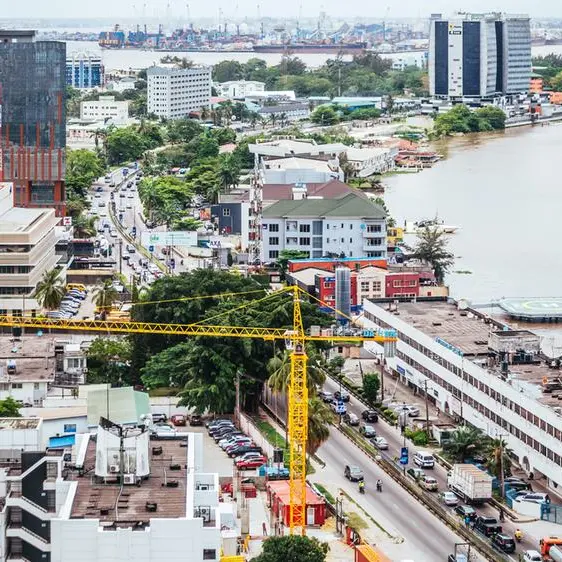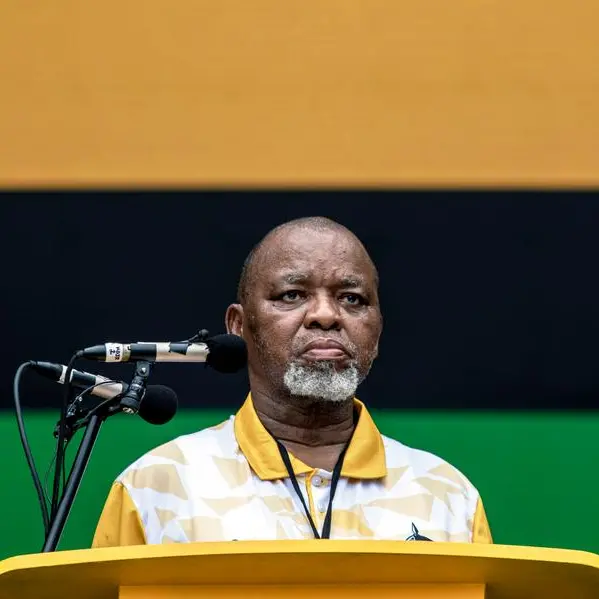PHOTO
The Minerals Council South Africa has expressed its approval of the 2024 Budget, which paints a less alarming picture of South Africa’s public finances than the medium-term budget statement (MTBPS) issued in November 2023. Finance Minister Enoch Godongwana deserves recognition for his steadfast commitment to fiscal discipline and his efforts to strike a balance between addressing the social and economic challenges that the nation faces.
The projected tax revenue deficit for the 2023/2024 fiscal year stands at R56.1bn. This is largely due to a R39.2bn, or 50%, year-on-year drop in corporate income tax receipts from the mining industry in the first ten months of the fiscal year. To provide some context, corporate tax collected from non-mining sectors of the economy fell by R1bn during the same period.
The mining industry is under significant pressure due to a sharp downward adjustment in the prices of various commodities, including platinum group metals (PGMs) and coal. This is compounded by the impact of Eskom’s record levels of load shedding and the decline in the quality of rail and port services provided by Transnet.
There is a pressing need for South Africa to accelerate the growth of private and public sector fixed investment and to swiftly implement profound structural reforms. This will enable the private sector to play a more significant role in key areas of the economy.
“Therefore, despite plenty of emphasis on enabling more investment in the budget documentation, the Treasury’s latest outlook is for public infrastructure expenditure to increase on average by only 5% in nominal terms over the next three years. This is barely positive in real terms and not good enough to lift South Africa’s growth potential,” says Hugo Pienaar, the Minerals Council’s chief economist.
SOE struggle
A key area of structural reform has been to improve the operational performance of struggling state-owned enterprises, including Eskom and Transnet. The budget showed some ‘tough love’ to Eskom.
Because the company will fail to dispose of the Eskom Finance Company by the agreed date of 31 March 2024, Treasury has proposed that the company’s bailout assistance be cut by R2bn in 2023/24 and 2024/25.
Acknowledging that it will take time to see improvement at Transnet, the budget made no additional allocations for the entity on top of the R47bn guarantee provided in late-2023. Until March 2024, Transnet may only use R14bn of this to pay off maturing debt.
“We encourage continued robust engagement between Treasury and state-owned entities such as Eskom and Transnet that are crucial for the mining sector. The SOEs must continue to be held accountable to realistic timeframes on reform milestones to unlock ongoing financial assistance from National Treasury,” says Mzila Mthenjane, Minerals Council CEO.
The Minerals Council and its members, acting through Business for South Africa, are actively engaged with the presidency, ministers and executives of Eskom and Transnet to urgently stabilise electricity supply and rail and port services by allowing and encouraging private sector participation in these sectors.
Commodity pricing
For mining in particular, progress on improving the operational performances of state-owned enterprises is crucial given National Treasury’s mixed assumptions for major commodity prices. This sees platinum, palladium and coal prices even lower in 2024 than last year.
A largely stable iron ore price is assumed, with the gold price assumed to again outperform.
In a broader sense, there is a lot to like about the budget, including the commitment to target primary budget surpluses and the fact that the gross debt-to-GDP ratio is now expected to peak somewhat lower at 75.3% during the 2024/25 fiscal year.
However, the scale of the country’s fiscal difficulties is highlighted by the fact that tough decisions, as well as a once-off windfall, were needed to engineer a lower debt trajectory.
These actions were necessary against a macroeconomic backdrop where Treasury projects real GDP growth to pick up to a rather subdued 1.6% in real terms between 2024 to 2026.
The tough decisions include the following:
• Tax increases amounting to R15bn in 2024/25. This is as the budget laid bare the adverse government revenue impact of declining profitability in the mining sector. The tax increases for 2024/25 are focused on individuals, with the personal income tax brackets, tax rebates and medical tax brackets not adjusted to counter the impact of inflation. In addition, taxes on alcohol and tobacco were increased by more than inflation.
On a positive note, for households and companies that use a lot of petrol and diesel, including the mining sector, fuel levies will not be increased in 2024.
• Implementing the global minimum corporate tax. This proposes that from 1 January 2024, South African multinationals with annual revenue exceeding €750m will have an effective tax rate of at least 15%, regardless of where the profits are earned.
This is in line with the OECD’s base erosion and profit-sharing framework. The proposal is expected to raise corporate tax collections by R8bn in 2026/27.
• Expenditure constraint. Besides big-ticket additional allocations to finance the public sector wage bill and to extend the Covid-19 social relief of distress grant beyond 2024/25, government is budgeting for subdued spending growth.
In real terms, consolidated non-interest government expenditure is projected to decline by an average of 0.5% over the next three fiscal years. No major allocations were made for the introduction of National Health Insurance (NHI).
• Tapping valuation gains from GFECRA. A major reason for the lower debt trajectory is a frontloaded agreement between the National Treasury and the South African Reserve Bank (SARB) where Treasury will draw down a portion (amounting to R150bn) of the proceeds from the Gold and Foreign Exchange Contingency Reserve Account (GFECRA) over the next three fiscal years.
GFECRA captures losses and profits on the central bank’s foreign currency reserve transactions. Driven by a much weaker rand in recent years, the proceeds from GFECRA will be used to lower South Africa’s borrowing requirement. Relative to the MTBPS projection, this will save the country around R30 billion in debt-service costs.
Pleasing in the medium term
“While it is pleasing to see a lower debt profile than outlined in the November MTBPS, despite expenditure constraint and tax increases, the debt dynamics remain more precarious than presented a year ago in the 2023 budget," says Pienaar.
"Once again, this highlights that government needs to stay the course on enabling growth-enhancing structural policy reforms. The only sustainable solution to South Africa’s fiscal problems is notably higher levels of real GDP growth.”
All rights reserved. © 2022. Bizcommunity.com Provided by SyndiGate Media Inc. (Syndigate.info).























